This article was medically reviewed by Victor Catania, MD. Dr. Catania is a board certified Family Medicine Physician in Pennsylvania. He received his MD from the Medical University of the Americas in 2012 and completed his residency in Family Medicine at the Robert Packer Hospital. He is a member of the American Board of Family Medicine.
There are 10 references cited in this article, which can be found at the bottom of the page.
This article has been viewed 1,575,042 times.
Cysts are fluid-filled pockets that form on the skin. While not usually dangerous, they can be painful and annoying. Depending on the type of cyst, you can usually have a cyst medically removed with the assistance of a doctor.
Steps
Dealing with Facial Cysts
-
1Decide if medical intervention is necessary. Facial cysts, medically referred to as sebaceous cysts, can be annoying and unsightly but they don't necessarily require medical intervention. If the cyst is not painful, it might be best to leave it alone to avoid complications having it removed. However, you should see a doctor if any of the following develop:[1]
- Facial cysts are usually small, round lumps just underneath the skin. They may be black, reddish or yellowish, and occasionally release foul-smelling discharge. Cysts are generally more painful than other skin conditions, such as pimples.
- If the cyst ruptures, this can lead to a potentially dangerous boil-like infection. Prompt treatment and removal is required.
- If the cyst suddenly becomes painful and swollen, it may be infected. See a doctor to get the cyst removed and get the proper antibiotics.
- In very rare cases, a cyst can lead to skin cancer. During your regular annual doctor's exam, ask your doctor to look at the cyst and determine if it poses a risk for cancer.
-
2Ask your doctor for an injection. If the cyst is infected or painful, your doctor can inject the cyst with a medication. While this will not fully remove the cyst, it will reduce redness and swelling. This can make the cyst less noticeable.[2]Advertisement
-
3Have the cyst drained. If the cyst grows significantly or becomes painful and uncomfortable, you can have it medically removed. The cyst can be cut open and drained by your doctor.[3]
- The doctor will make a small cut in the cyst and gently drains out the built up fluid. The procedure is fairly quick and usually not painful.
- The major downside to this method is that cysts often reoccur after being lanced and drained.
-
4Ask about surgery. The only way to fully remove a cyst is through surgery. Talk to your doctor about undergoing surgery if you want a cyst removed.[4]
- Cyst removal surgery is minor. It does not take very long and recovery time is relatively brief. However, you may have to return to your doctor's office after the surgery to remove any stitches.
- Surgery is very safe and usually prevents cysts from occurring. However, cysts do not usually pose a medical threat. Therefore it may be difficult to get surgery covered by insurance.
Treating a Baker's Cyst
-
1Follow the R.I.C.E. method. A baker's cyst is a fluid-filled cyst that causes a bulge at the base of the knee. It's usually the result of an existing knee injury or a chronic condition like arthritis. Caring for your joints via the R.I.C.E. method can help.[5]
- R.I.C.E. stands for resting your leg, icing your knee, compressing your knee with a wrap, and elevating your leg whenever possible.
- Rest your leg, preferably in an elevated position, as the cyst persists. Make sure to never place an ice pack directly on your body. Always wrap it in a cloth or towel first.
- When wrapping your leg, buy a wrap at a drugstore and follow the instructions on the package. If you have any conditions that increase your risk of blood clots, do not wrap your leg without consulting with a doctor first.
- R.I.C.E. might treat underlying joint pain that caused a the cyst to begin with. The cyst may decreases in size and stop causing pain.
- Try over the counter pain meds. While resting an elevating your leg, medications like ibuprofen, acetaminophen (Tylenol), and aspirin can help ease some of the pain.
-
2Ask your doctor to drain the cyst. In order to get the cyst removed, you need a doctor to drain it. If your baker's cyst does not respond to the R.I.C.E. method, see a doctor about having it removed medically.[6]
- The fluid will be drained from your knee using a needle. While this is not extremely painful, many people find the activity anxiety-inducing. If you fear needles, as a friend or family member to come with you for support.
- Once the doctor drains the fluid, the baker's cyst should be gone. However, there is a chance the cyst will reoccur in the future. Talk to your doctor about any underlying health conditions that might have caused the cyst.
-
3Participate in physical therapy. After the cyst is drained, your doctor might recommend you engage in regular physical therapy. Gentle motion, guided by a trained therapist, can help you get your joints back in form. It can also help address any issues that caused the cyst to develop. Ask your doctor for a recommendation for a physical therapist after your cyst is drained.[7]
Coping with Ovarian Cysts
-
1Watch and wait. Ovarian cysts are fluid filled sacs found on the surface of the ovaries. Unfortunately, ovarian cysts can be difficult to remove. The best approach after the initial diagnosis is to watch and wait.[8]
- Some ovarian cysts may go away on their own. Your doctor might want you to wait and then get reexamined after a few months have passed.
- Your doctor will have to monitor the cyst on a regular basis to see if it's changed in size. After a certain point, medical intervention may be necessary.
-
2Ask about birth control pills. Birth control pills are usually the first course of action to lessen ovarian cysts. Ask your doctor about getting a prescription for hormonal birth control pills.[9]
- Hormonal birth control pills can decrease the size of existing cysts and prevent further cysts from developing. They also decrease the risk of ovarian cancer, especially if you take them for a long duration.
- Birth control comes in a variety of formulations and dosing schedules. Some allow for a monthly bleed, and others for less frequent bleeding. Some have iron supplementation, and others do not. It is imperative to talk with your primary care provider to discuss which option fits with your lifestyle, goals, and overall health and history.
- Some women experience side effects like breast tenderness, mood swings, or bleeding between periods when they first start taking hormonal birth control. These side effects usually lessen after a few months.
-
3Consider surgery. Ovarian cysts can be painful and even dangerous if they continue to grow. If your cyst does not go away on its own, you doctor might prescribe surgical treatment.[10]
- If your cyst persists after two or three menstrual cycles, your doctor might recommend surgical removal if it is growing at an excessive rate. Cysts this large can cause pain and menstrual irregularity.
- In some surgeries, the entire infected ovary may be removed. However, in most cases the doctor should be able to remove the cyst while leaving the ovary intact. In rare cases, cysts are cancerous. If this is the case, your doctor will likely remove all your reproductive organs.
-
4Get regular pelvic examinations. The best course of action for ovarian cysts is prevention. Get regular gynecological examinations and be aware of any changes in your menstrual cycle. The sooner ovarian cysts are detected, the easier they are to treat. A routine pelvic exam can detect signs of irregularities that could be caused by ovarian cysts.
Treating A Pilonidal Cyst
-
1Remove the hair follicles causing the cyst. A pilonidal cyst is a cyst that occurs around the buttocks or lower back. The cyst may be tender, warm to the touch, and may produce pus or other drainage. In order to stop the cyst from growing, keep the area surrounding it clean and dry. Pilonidal cysts are often caused by ingrown hairs, which are hairs trapped beneath the surface of the skin. Remove any hair follicles near the cyst to prevent them from becoming ingrown.[11]
-
2Have the cyst examined. As pilonidal cysts can lead to potentially serious infections, you should always have them examined by a medical professional. Make an appointment with your general practitioner when you notice the development of a pilonidal cyst.[12]
- Usually, a doctor will give you a brief physical examination and look at the cyst. The doctor will also ask about any drainage you've noticed, whether the cyst is painful, and how long you think it's been there.
- The doctor will also ask whether you have other symptoms. If the cyst has caused a rash or fever, the doctor might recommend removal. If the cyst is not causing problems no treatment is needed.
-
3Get the cyst drained. The least invasive measure to remove a pilonidal cyst is having it lanced and drained. The doctor will cut a small hole in the cyst and drain any excess fluid. The cyst will then be packed with gauze. You may be prescribed antibiotics to prevent infection.[13]
-
4Ask about surgery. Cysts sometimes recur after draining. Your doctor might recommend surgical removal. Surgery is usually brief, but recovery time can be lengthy and you may have an open wound that needs cleaning.[14]
Expert Q&A
-
QuestionWhat can I do about a cyst that isn't responding to antibiotics?
 Bobby Homayoon, MDDr. Homayoon is a Sports Medicine Physician based in Alberta, Canada. Dr. Homayoon specializes in sports medicine, internal medicine, public health and epidemiology. He received his MD from the University of British Columbia Faculty of Medicine in 2015, completed a Residency in Internal Medicine at the University of Calgary and the University of Ottawa in 2019. He is a member of The College of Family Physicians in Canada.
Bobby Homayoon, MDDr. Homayoon is a Sports Medicine Physician based in Alberta, Canada. Dr. Homayoon specializes in sports medicine, internal medicine, public health and epidemiology. He received his MD from the University of British Columbia Faculty of Medicine in 2015, completed a Residency in Internal Medicine at the University of Calgary and the University of Ottawa in 2019. He is a member of The College of Family Physicians in Canada.
Family & Sports Medicine Physician This all depends on where the cyst is and whether or not it's infected. If a cyst is red, swollen, painful and growing in size, this is an indication that it's infected (this is often called an abscess). At this point the abscess needs to be cut, drained and packed by a physician. The purpose of the packing is to prevent the abscess from reforming. If a cyst is not painful and remains uniform in size then an incision and drainage is not necessary.
This all depends on where the cyst is and whether or not it's infected. If a cyst is red, swollen, painful and growing in size, this is an indication that it's infected (this is often called an abscess). At this point the abscess needs to be cut, drained and packed by a physician. The purpose of the packing is to prevent the abscess from reforming. If a cyst is not painful and remains uniform in size then an incision and drainage is not necessary. -
QuestionWhy is it so painful?
 Bobby Homayoon, MDDr. Homayoon is a Sports Medicine Physician based in Alberta, Canada. Dr. Homayoon specializes in sports medicine, internal medicine, public health and epidemiology. He received his MD from the University of British Columbia Faculty of Medicine in 2015, completed a Residency in Internal Medicine at the University of Calgary and the University of Ottawa in 2019. He is a member of The College of Family Physicians in Canada.
Bobby Homayoon, MDDr. Homayoon is a Sports Medicine Physician based in Alberta, Canada. Dr. Homayoon specializes in sports medicine, internal medicine, public health and epidemiology. He received his MD from the University of British Columbia Faculty of Medicine in 2015, completed a Residency in Internal Medicine at the University of Calgary and the University of Ottawa in 2019. He is a member of The College of Family Physicians in Canada.
Family & Sports Medicine Physician This may be because the cyst is infected and inflamed. The pain could also be caused by the cyst stretching the tissue.
This may be because the cyst is infected and inflamed. The pain could also be caused by the cyst stretching the tissue.
Warnings
- Do not attempt to drain a cyst on your own. This could lead to scarring or infection.⧼thumbs_response⧽
- Have any new cysts looked at during an annual physical. Rarely, cysts can be a sign of a serious disorder like cancer.⧼thumbs_response⧽
References
- ↑ https://www.hopkinsmedicine.org/health/conditions-and-diseases/sebaceous-cysts
- ↑ https://www.hopkinsmedicine.org/health/conditions-and-diseases/sebaceous-cysts
- ↑ https://my.clevelandclinic.org/health/diseases/14165-sebaceous-cysts#management-and-treatment
- ↑ https://www.aafp.org/afp/2002/0401/p1409.html
- ↑ https://www.uofmhealth.org/health-library/tw4354spec
- ↑ https://orthoinfo.aaos.org/en/diseases--conditions/bakers-cyst-popliteal-cyst/
- ↑ https://orthoinfo.aaos.org/en/diseases--conditions/bakers-cyst-popliteal-cyst/
- ↑ https://www.womenshealth.gov/a-z-topics/ovarian-cysts
- ↑ https://www.womenshealth.gov/a-z-topics/ovarian-cysts
- ↑ https://www.cedars-sinai.org/health-library/diseases-and-conditions/o/ovarian-cyst.html
- ↑ https://www.nlm.nih.gov/medlineplus/ency/article/003253.htm
- ↑ https://www.nlm.nih.gov/medlineplus/ency/article/003253.htm
- ↑ https://kidshealth.org/en/parents/pilonidal-cyst.html
- ↑ https://my.clevelandclinic.org/health/diseases/15400-pilonidal-disease#management-and-treatment
About This Article
Although cysts usually go away on their own, if you need to get rid of a painful cyst on your face, visit your doctor or dermatologist for treatment. Your doctor may inject the cyst with medication to reduce redness and swelling or they may cut open the cyst and drain it. In some cases, the cyst may need to be surgically removed to keep it from coming back; however, since cysts are usually not a medical threat, insurance may not cover this procedure. Keep reading for advice from our reviewer on how to get rid of baker’s or ovarian cysts!
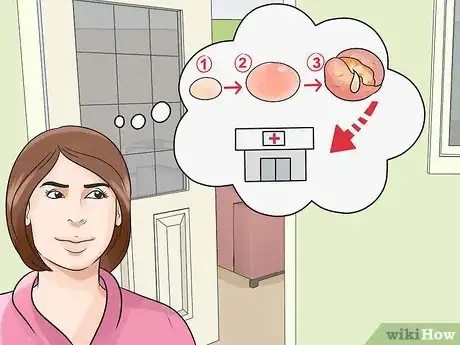
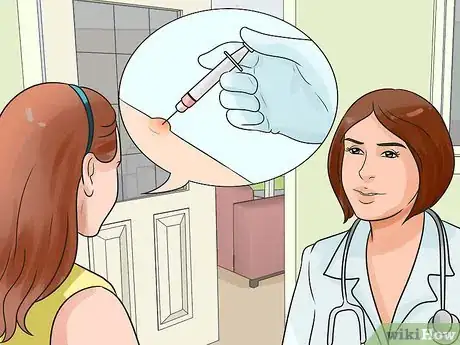
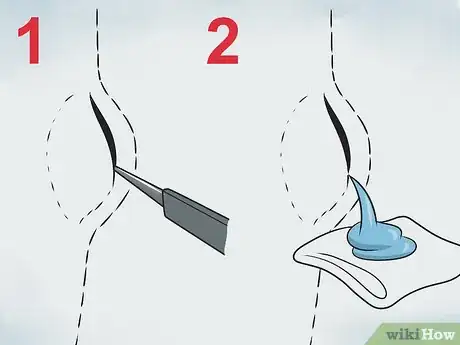
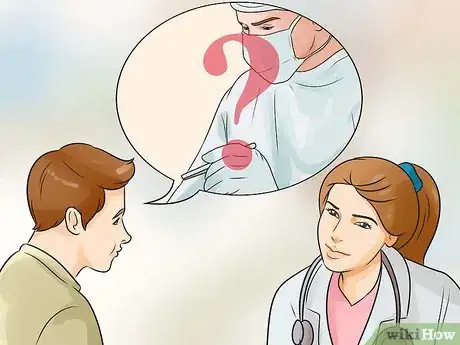
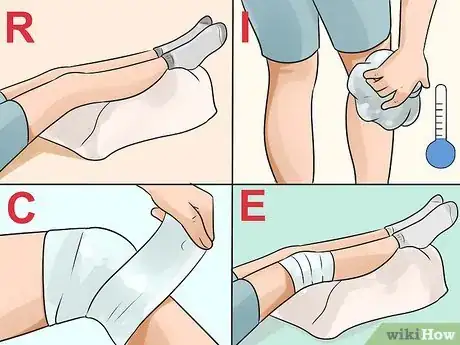
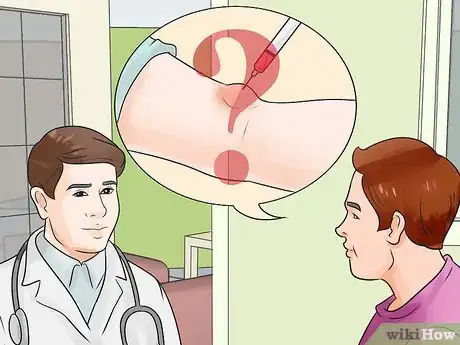
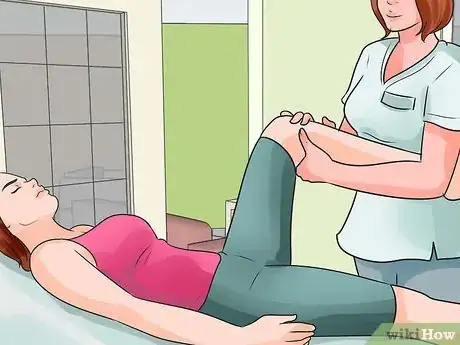
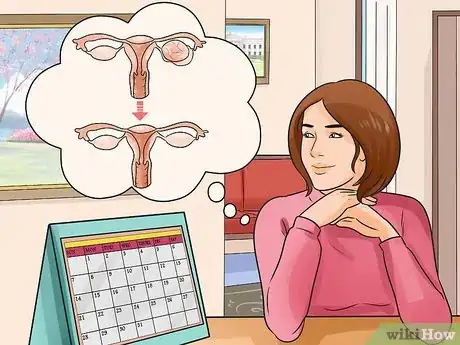
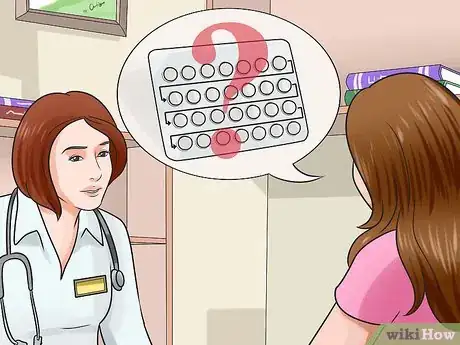
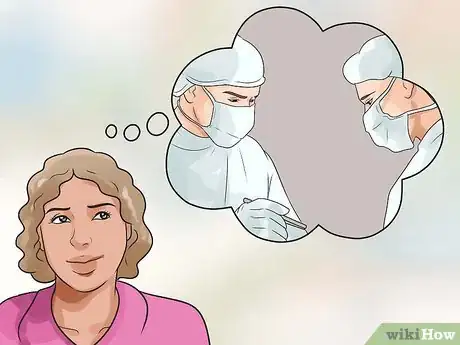
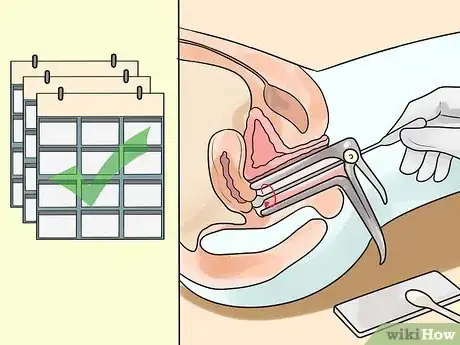
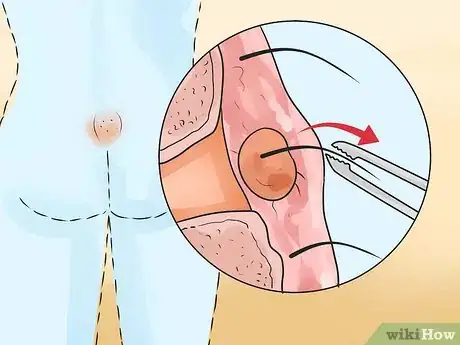
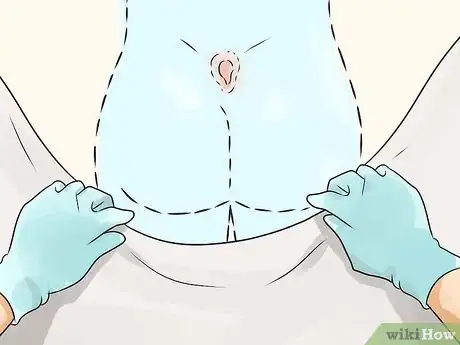
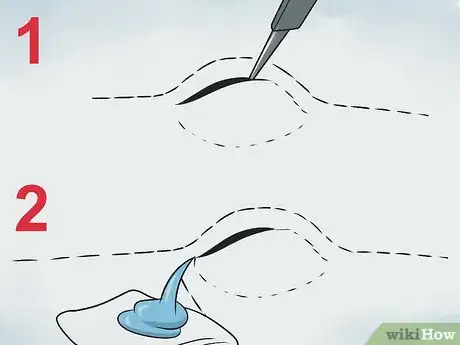
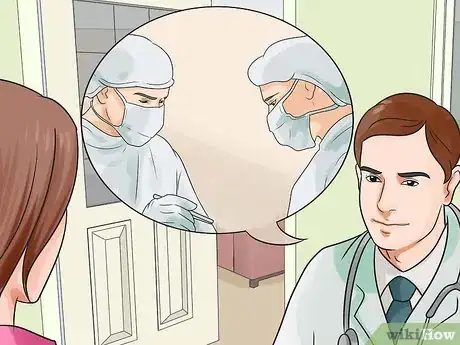
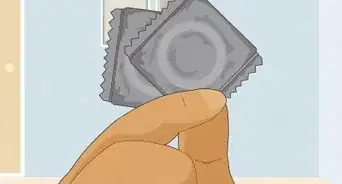
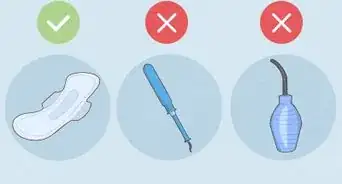
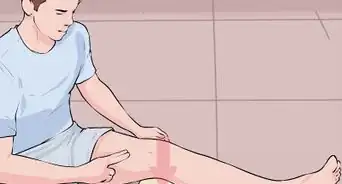
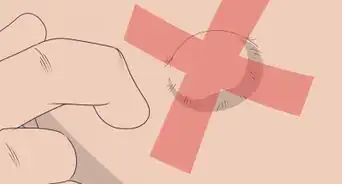
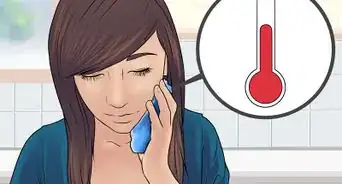
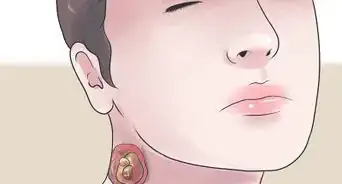
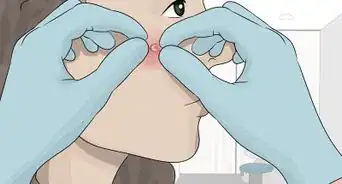
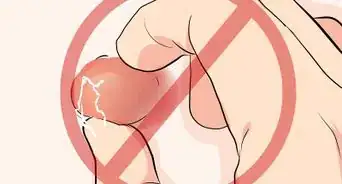
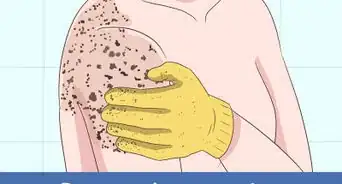
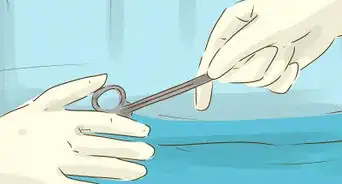
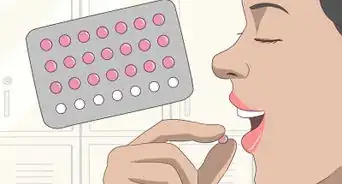
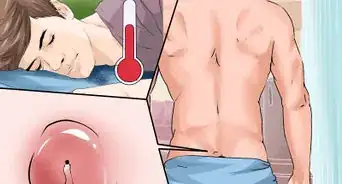
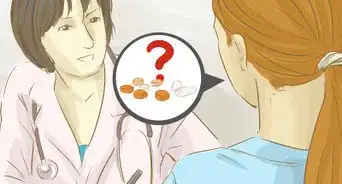
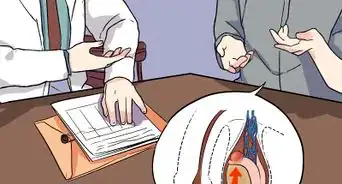










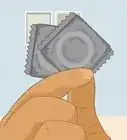
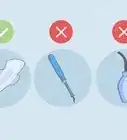
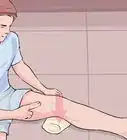
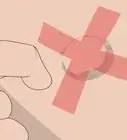




































Medical Disclaimer
The content of this article is not intended to be a substitute for professional medical advice, examination, diagnosis, or treatment. You should always contact your doctor or other qualified healthcare professional before starting, changing, or stopping any kind of health treatment.
Read More...